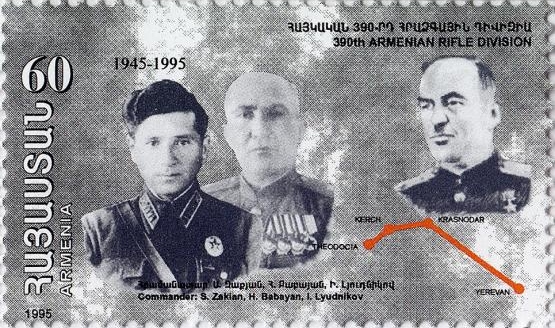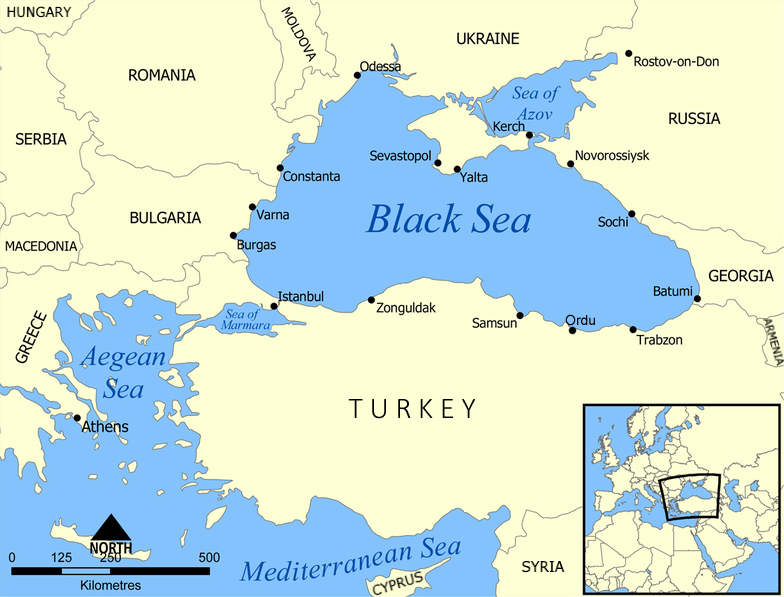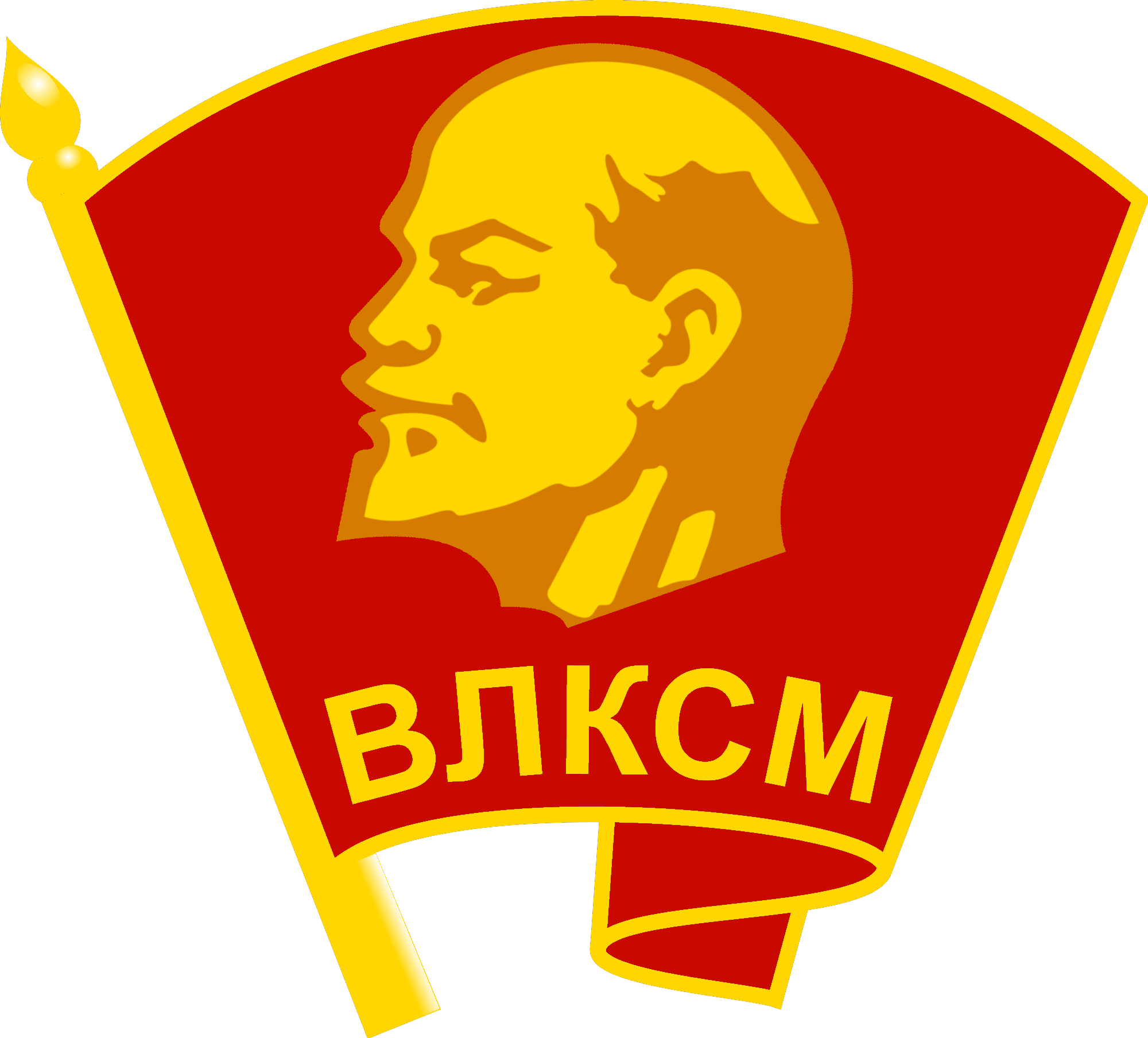|
Ivan Lyudnikov
Ivan Ilyich Lyudnikov, (russian: Иван Ильич Людников; Krivaya Kosa (Don Host Oblast, Russian Empire), – Moscow 22 April 1976) was a Soviet Army Colonel General and Hero of the Soviet Union. Early life Ivan Lyudnikov was born on 8 October 1902, in Krivaya Kosa in the Don Host Oblast. In 1913, he began working alongside his father at Mine 2 in the Shcheglovskogo Coal Mine. He became a coal sorter, then a drainage pump worker in 1914. He became an apprentice turner at the mine workshop in 1915, and in 1916 became a turner. Russian Civil War On 25 October 1917, Lyudnikov became a volunteer in the Yuzovsky Red Guard Group. In April 1918, he became a machine gunner in the special machine gun detachment commanded by Abrosimov on the Southern Front and was wounded. In May, he became a Red Army man and a machine gunner in the detachment of S.A. Bondarenko. In December, he transferred to the 1st Cavalry Regiment of the 42nd Rifle Division, part of Semyon Bud ... [...More Info...] [...Related Items...] OR: [Wikipedia] [Google] [Baidu] |
Sjedove
Siedove ( uk, Сєдове; russian: Седово) is an urban-type settlement in Kalmiuske Raion, Donetsk Oblast, Ukraine, but was formerly part of Novoazovsk Raion. Siedove is about 7 km away from Novoazovsk. It is currently controlled by the Donetsk People's Republic The Donetsk People's Republic ( rus, Донецкая Народная Республика, Donetskaya Narodnaya Respublika, dɐˈnʲetskəjə nɐˈrodnəjə rʲɪˈspublʲɪkə; abbreviated as DPR or DNR, rus, ДНР) is a disputed en .... Population is The settlement is named after Georgy Yakovlevich Sedov (1877–1914), a Russian Arctic explorer. References {{authority control Urban-type settlements in Kalmiuske Raion ... [...More Info...] [...Related Items...] OR: [Wikipedia] [Google] [Baidu] |
Battle Of Kursk
The Battle of Kursk was a major World War II Eastern Front engagement between the forces of Nazi Germany and the Soviet Union near Kursk in the southwestern USSR during late summer 1943; it ultimately became the largest tank battle in history. The battle began with the launch of the German offensive Operation Citadel (german: Unternehmen Zitadelle), on 5 July, which had the objective of pinching off the Kursk salient with attacks on the base of the salient from north and south simultaneously. After the German offensive stalled on the northern side of the salient, on 12 July the Soviets commenced their Kursk Strategic Offensive Operation with the launch of Operation Kutuzov (russian: Кутузов) against the rear of the German forces on the same side. On the southern side, the Soviets also launched powerful counterattacks the same day, one of which led to a large armoured clash, the Battle of Prokhorovka. On 3 August, the Soviets began the second phase of the Kursk Strat ... [...More Info...] [...Related Items...] OR: [Wikipedia] [Google] [Baidu] |
Azov Flotilla
The Azov Flotilla or Azov Naval Flotilla was the name given to several Russian naval forces operated on the Sea of Azov as part of the Imperial Russian Navy, by both the Soviets and the White Russians during the Russian Civil War, and as part of the Soviet Navy during World War II. Russo-Turkish War The flotilla was first formed in 1768 for the Russo-Turkish War (1768-1774) under the command of vice-admiral Alexei Senyavin. It was disbanded in 1783 and its ships handed over to the Black Sea Fleet. Russian civil war During the Russian Civil War, the Bolsheviks formed the flotilla in April 1918 to fight the Germans and the White Guards. As early as the end of June, the flotilla was destroyed after the coastline of the Azov Sea was lost, and the crews were transferred to the Red Army. After Denikin's defeat in March 1920, the Red Army recaptured the coast of the Sea of Azov, and the flotilla was formed again under the command of S.E. Markelov and based at Mariupol. All ships ... [...More Info...] [...Related Items...] OR: [Wikipedia] [Google] [Baidu] |
Sergey Kolbasev
{{Disambiguation ...
Sergey may refer to: * Sergey (name), a Russian given name (including a list of people with the name) * Sergey, Switzerland, a municipality in Switzerland * ''Sergey'' (wasp), a genus in subfamily Doryctinae The Doryctinae or doryctine wasps are a large subfamily of braconid parasitic wasps (Braconidae). Numerous genera and species formerly unknown to science are being described every year. This subfamily is presumably part of a clade containing o ... [...More Info...] [...Related Items...] OR: [Wikipedia] [Google] [Baidu] |
Komsomol
The All-Union Leninist Young Communist League (russian: link=no, Всесоюзный ленинский коммунистический союз молодёжи (ВЛКСМ), ), usually known as Komsomol (; russian: Комсомол, links=no ()), a syllabic abbreviation of the Russian ), was a political youth organization in the Soviet Union. It is sometimes described as the youth division of the Communist Party of the Soviet Union (CPSU), although it was officially independent and referred to as "the helper and the reserve of the CPSU". The Komsomol in its earliest form was established in urban areas in 1918. During the early years, it was a Russian organization, known as the Russian Young Communist League, or RKSM. During 1922, with the unification of the USSR, it was reformed into an all-union agency, the youth division of the All-Union Communist Party. It was the final stage of three youth organizations with members up to age 28, graduated at 14 from the Young Pione ... [...More Info...] [...Related Items...] OR: [Wikipedia] [Google] [Baidu] |
1st Cavalry Army (Soviet Union)
__NOTOC__ The 1st Cavalry Army (russian: Первая конная армия, Pervaya konnaya armiya) was a prominent Red Army military formation. It was also known as "Budyonny's Cavalry Army" or simply as ''Konarmia'' (Кона́рмия, "Horsearmy"). History When the Russian Civil War broke out in 1918, a non-commissioned officer named Budyonny organized a small cavalry force in the Don region out of local Cossacks. This force rapidly grew in numbers, sided with the Bolsheviks and eventually became the 1st Cavalry Army. It was transformed from a guerrilla force into a proper military unit under the command of Semyon Budyonny, and the political guidance of Kliment Voroshilov, and at a crucial time too with the red army not doing particularly well in the southern front due to a lack of cavalry. This army played an important role in winning the Civil War for the Bolsheviks, driving the White General Anton Denikin back from his advance towards Moscow. In 1920 Budyonny's Ca ... [...More Info...] [...Related Items...] OR: [Wikipedia] [Google] [Baidu] |
Semyon Budyonny
Semyon Mikhailovich Budyonnyy ( rus, Семён Миха́йлович Будённый, Semyon Mikháylovich Budyonnyy, p=sʲɪˈmʲɵn mʲɪˈxajləvʲɪdʑ bʊˈdʲɵnːɨj, a=ru-Simeon Budyonniy.ogg; – 26 October 1973) was a Russian cavalryman, military commander during the Russian Civil War, Polish-Soviet War and World War II, and politician, who was a close political ally of Soviet leader Joseph Stalin. Born to a poor peasant family from the Don Cossack region in southern Russia, Budyonny was drafted into the Imperial Russian Army in 1903. He served with distinction in a dragoon regiment during the First World War, earning all four classes of the Cross of St. George. When the Russian Civil War broke out Budyonny founded the Red Cavalry, which played an important role in the Bolshevik victory; Budyonny became renowned for his bravery and was the subject of several popular patriotic songs. As a political ally of Joseph Stalin, he became one of the original five M ... [...More Info...] [...Related Items...] OR: [Wikipedia] [Google] [Baidu] |
42nd Rifle Division (Soviet Union)
The 42nd Rifle Division was a unit of the Red Army during the Great Patriotic War. The division, first formed in 1940, was nearly destroyed in the opening days of the Operation Barbarossa defending the Brest Fortress. Disbanded in late December 1941 and immediately reformed in the Volga Military District. The division then served on the front until disbanded at the end of the war. History 1st Formation The division was formed on 17 January 1940 in the Leningrad Military District from individual infantry and construction battalions in the Karelian Fortified Region. Kombrig Ivan Sidorovich Lazarenko was appointed as commander. In February 1940 it fought in the Winter War as part of the 7th Army's 34th Rifle Corps and on 27 February was assigned to the 10th Rifle Corps. In June 1940 the division was sent to Estonia as part of the 8th Army's 19th Rifle Corps, but was reassigned to the Western Special Military District to replace the 33rd Rifle Division. In the spring of 19 ... [...More Info...] [...Related Items...] OR: [Wikipedia] [Google] [Baidu] |
Southern Front Of The Russian Civil War
The Southern Front of the Russian Civil War was a theatre of the Russian Civil War. Don revolts and formation of the Volunteer Army In the aftermath of the October Revolution, politicians and army officers hostile to the Bolsheviks gravitated to the Don Cossack Host after its ataman, General Aleksey Kaledin, publicly offered sanctuary to opponents of the Soviet regime. Among those seeking refuge in the Don was the former chief of staff of the tsarist army, General Mikhail Alekseyev, who immediately began organizing a military unit to oppose both the Bolsheviks and the Central Powers. Alekseyev was soon joined by other prominent tsarist generals, including the charismatic Lavr Kornilov. The two men, along with Kaledin, assumed top roles in the anticommunist White movement taking shape in the Don region during the winter of 1917 – 18. Militarily, the White forces remained weak into the spring of 1918. The ranks of the Volunteer Army formed by Alekseyev and Kornilov never e ... [...More Info...] [...Related Items...] OR: [Wikipedia] [Google] [Baidu] |
Woodturning
Woodturning is the craft of using a wood lathe with hand-held tools to cut a shape that is symmetrical around the axis of rotation. Like the potter's wheel, the wood lathe is a simple mechanism that can generate a variety of forms. The operator is known as a turner, and the skills needed to use the tools were traditionally known as turnery. In pre-industrial England, these skills were sufficiently difficult to be known as 'the misterie' of the turners guild. The skills to use the tools by hand, without a fixed point of contact with the wood, distinguish woodturning and the wood lathe from the machinist's lathe, or metal-working lathe. Items made on the lathe include tool handles, candlesticks, egg cups, knobs, lamps, rolling pins, cylindrical boxes, Christmas ornaments, bodkins, knitting needles, needle cases, thimbles, pens, chessmen, spinning tops; legs, spindles, and pegs for furniture; balusters and newel posts for architecture; baseball bats, hollow forms such as woodwin ... [...More Info...] [...Related Items...] OR: [Wikipedia] [Google] [Baidu] |
Hero Of The Soviet Union
The title Hero of the Soviet Union (russian: Герой Советского Союза, translit=Geroy Sovietskogo Soyuza) was the highest distinction in the Soviet Union, awarded together with the Order of Lenin personally or collectively for heroic feats in service to the Soviet state and society. Overview The award was established on 16 April 1934, by the Central Executive Committee of the Soviet Union. The first recipients of the title originally received only the Order of Lenin, the highest Soviet award, along with a certificate (грамота, ''gramota'') describing the heroic deed from the Presidium of the Supreme Soviet of the USSR. Because the Order of Lenin could be awarded for deeds not qualifying for the title of hero, and to distinguish heroes from other Order of Lenin holders, the Gold Star medal was introduced on 1 August 1939. Earlier heroes were retroactively eligible for these items. A hero could be awarded the title again for a subsequent heroic feat w ... [...More Info...] [...Related Items...] OR: [Wikipedia] [Google] [Baidu] |
Soviet Invasion Of Manchuria
The Soviet invasion of Manchuria, formally known as the Manchurian strategic offensive operation (russian: Манчжурская стратегическая наступательная операция, Manchzhurskaya Strategicheskaya Nastupatelnaya Operatsiya) or simply the Manchurian operation (), began on 9 August 1945 with the Soviet invasion of the Japanese puppet state of Manchukuo. It was the largest campaign of the 1945 Soviet–Japanese War, which resumed hostilities between the Union of Soviet Socialist Republics and the Empire of Japan after almost six years of peace. Since 1983, the operation has sometimes been called Operation August Storm after U.S. Army historian David Glantz used this title for a paper on the subject. Soviet gains on the continent were Manchukuo, Mengjiang (the northeast section of present-day Inner Mongolia) and northern Korea. The Soviet entry into the war and the defeat of the Kwantung Army was a significant factor in the Japanese go ... [...More Info...] [...Related Items...] OR: [Wikipedia] [Google] [Baidu] |





